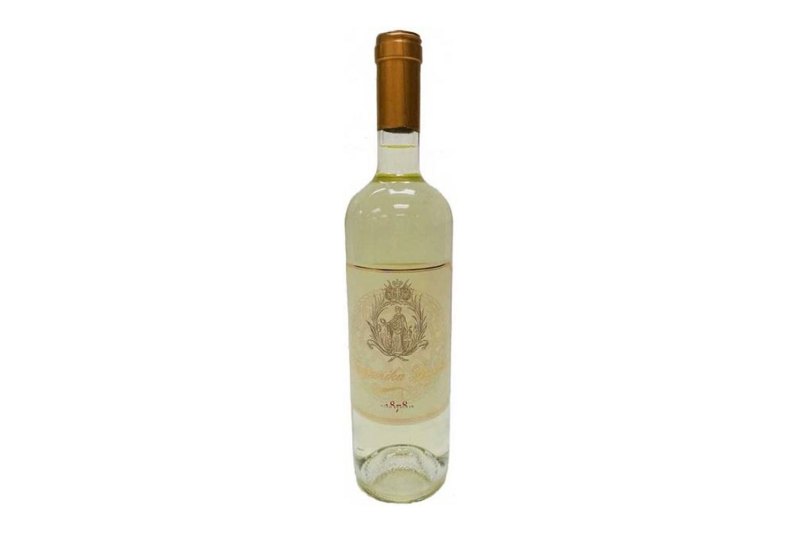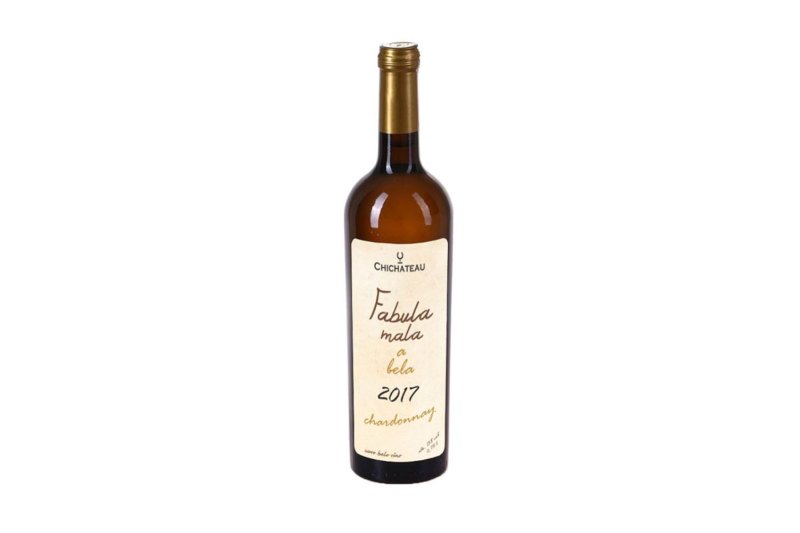Wine and the locals who enjoy it have endured quite a bit in what is now Serbia. After a troubled past — both in terms of wine production and general conflict — the country is looking to make a name for itself. Not bad for a young Balkan nation born in 2006, in the ashes of a lengthy spell with communism.
In the era of Yugoslavia, this part of Eastern Europe was known well for its wines. Larger producers made enough of the stuff that it made its way around the continent. By the 1970s, the area was operating at peak scale, making something to the tune 600 million liters per year. It was among the top ten wine-producing countries on the planet, not entirely surprising given that the Former Yugoslavia was quite large, geographically, consisting of not only modern Serbia, but Montenegro, Kosovo, Slovenia, Bosnia & Herzegovina, and Macedonia.
About a decade later, the region began to fragment and the ripple effect eventually consumed much of the wine industry. However, as of the 2000s, the Serbian wine scene has shown solid signs of recovery, with smaller, artisanal-minded producers joining some of the larger-scale dinosaurs of old that managed to weather the storm. With little going head-to-head with very large, there’s a fascinating mix of good, interesting wines as well as some poorly made, commercial wines coming out of Serbia.
About 65% of what’s planted are white grapes, the rest red. The Romans kickstarted the region’s viticultural campaign long ago. Today, a few intriguing native varieties remain, like Smederevka (white) which got its start along the famed Danube River. There’s also Prokupac, often turned into a rosé, but known increasingly as an intriguing medium-bodied red. Wine critics believe this variety may have the best chance of becoming Serbia’s calling card for imbibers. And there’s Mézes Fehér, a sweeter white that can also be made into an interesting orange wine. More recognizable varieties like Chardonnay, Cabernet, Sauvignon Blanc, and Pinot Blanc live here, too.
There are quite a few growing areas within Serbia’s borders but the three major regions include Central Serbia, Kosovo, and Vojvodina. It’s a cool and fairly mountainous country, with many suitable slopes and protected growing areas. Smaller operations especially are looking to share uniquely Serbian flavors through carefully crafted wines.
While the industry expands, important trade gatherings like the Beo Wine Fair in Belgrade continue to turn the international wine community’s head toward Serbia. Look for more options to pop up at your local boutique bottle shop or wine-loving restaurant.
Ready to dig into Serbian wine? Here are a few to try:
Vino Budimir 2015 Tamjanika Zupska

This wine features another indigenous Serbian grape, Tamjanika, which is closely related to Muscat Blanc. People tend to compare it to a bright Pinot Gris, with nice focus and dry as a sand dune. Vino Budimir is located in the southern region of Zupa and is also known for its riesling.
Janko Bas 2015 Prokupac

If you’re looking for a good everyday food wine, this is it. This Prokupac by Janko Bas is good and rustic with a lot of vigor and juicy flavors. It’s also generally a great bargain, regardless of vintage.
Chichateau 2017 Fabula Mala Bijela Chardonnay

Chardonnay can assume many forms, which is one of the reasons why the varietal is so endearing. This one comes from one of the more experimental wine zones (Fruška Gora Mountain) and is a nice mix of fruity and funky.
Editors' Recommendations
- There’s a big wine glut right now: Here’s what that means for you
- The ultimate wine club? Here’s what you should know about The Vines Global
- The 7 best wines to drink this Easter: Elevate your holiday meal
- You can now design your own splitboard, courtesy of… Twix?
- The real reason people are freaking out about gas stoves (and why it’s silly)


